Five Stages to Financial Independence

Financial independence can be subjective. The term has a different significance for different people. For some, it could imply having a high salary. For others, it could mean being able to cover their routine expenses. Commonly, it refers to a situation where you have enough money to support your everyday needs and entertain your wants while having sufficient funds stored for future emergencies. Financial independence is the ultimate goal of many. But the notion is more of a process than a target to achieve.
Here are the five stages of financial independence to help you analyze where you stand and what you need to move on to the next stage:
Stage 1 – Financial Dependence
The starting point of every financial journey is the ground zero stage. This is defined by monetary dependence on others. This phase is the most undesired phase of them all. You can be dependent on your parents, spouse, or children, and be unable to earn money and provide for yourself. You can also be stuck in this stage when your income is falling short to meet your expenses. Moreover, your debt liabilities can overpower your earning capacity. This could involve borrowing from a bank, friends, relatives, family, etc. When you are dependent on others, your net worth (assets – liabilities) and net cash flow (inflow – outflow) are negative.
But this is normally the beginning of the journey, and the success lies in how swiftly you navigate through this stage on to the next one. To ensure a smooth transition, you must find an adequately paying job, curb expenses, save more, and pay off your debts. You also need to create a budget and shorten all unnecessary costs to be able to reduce the burden.
Stage 2 – Financial Solvency
The most fundamental phase while moving towards financial freedom is solvency. Economic solvency is the first step towards survival and is categorized by a condition where you are fully equipped to fund your needs. There is no dependence on an external source and all financial commitments such as bills, household expenses, etc. can be easily covered from your current income. You may have some loans or debts carried from the previous phase, but you need to make sure to not keep adding more to the burden. Also, all the interest and payments on these loans are under the purview of your income. This stage typically involves lower expenses and higher earnings. Your net worth might reflect on the negative side, but the cash flow will be positive. Thus, indicating that you may be piling up new debts but also paying them off in time.
Most people are in this stage during their younger years. But in some cases, a person might be stuck here for life. You need to be motivated and create an environment conducive to growth. Meticulously saving and budgeting can be a good practice to follow.
Stage 3 – Financial Stability
This phase brings a sense of balance to life in terms of money. This stage is the most stable or secure one, where you have sufficient funds for your current needs, as well as for emergencies. This period involves repaying all debts, establishing a contingency fund, while continuing to earn profits. You have the monetary strength to meet your financial obligations while keeping your expenses down and savings on the rise. This is also known as the breathing stage, where you are more rooted than the previous two phases.
Unlike the earlier stages, a sudden event would not require you to depend on an external source such as bank loans, etc. That said, it is completely acceptable to have certain debts like, a mortgage, an education loan, etc. However, it is important to restrict your debt to necessary expenses.
A fundamental point to note here is that the stability achieved during this time is often backed by an emergency fund. Having a backup fund of at least 6-8 months of necessary expenditure can help you stay afloat in tough circumstances. However, for people nearing retirement, a contingency fund should be able to sustain almost one year of expenses without an income. An expense fund for 6 months can be enough to sustain expenses when you are young but not for the later years.
SPONSORED WISERADVISOR
Stage 4 – Financial Security
This is the most desirable mid-stage. In this chapter, you have stable expenses with reliable savings and are moving forward towards being entirely debt-free. You pay off all your major obligations one-by-one and start adding more to your savings account. You are free-willed in terms of work and have sufficient funds to survive and indulge. This is also a time to tactfully invest your money for further growth. This is the evolution of surviving to thriving, towards a better, more comfortable and secure life.
In this phase, financial security can be achieved by ensuring that you save enough to direct some funds to short, mid, and long-term investments. The income from these investments can act as an additional source of income and be used to secure the future.
Stage 5 – Financial Independence
This is the ultimate place where most people aspire to be. The stage of financial independence is a successor of the previous security chapter. In the earlier phases, you have built a considerable savings bank along with a continuous flow of income. To add to this, there are strong investments, continually adding up more and more funds to your aid.
Financial independence is described as an aesthetically mature period, with a solid monetary base, extensive control over expenses, and indulges in luxuries or hobbies. There is enough money for your long-term needs and current lifestyle and expenses. That said, the measurement of financial independence varies from one person to another. A particular figure cannot be set as a benchmark.
Financial Abundance
The final and most exemplary state that a person can reach is financial abundance. In this financial state, you have more than enough to fund your current needs There is sufficient investment income, a stable source of earnings, and worthwhile assets such as real estate, secondary business ventures, and more. You have a sound financial standing and can also leave behind a legacy for your spouse and future generations. Moreover, you can be involved in activities for social causes such as donations, charitable events, etc. The only way to achieve financial abundance is to follow the continuum with all your might. However, utmost caution and extreme prudence are required in this period for life-long perseverance.
To Sum it Up
Achieving financial independence may seem like a pipe dream, but it can be a reality if you navigate through the process bit-by-bit. As you move ahead in these levels, you will experience reduced financial anxiety. These stages will also help you strive towards a more secure and settled life. The earlier you set your foot on the right track, the sooner you can achieve the desired goal.
For professional advice on managing each phase, you can seek help from Financial Advisors.








.jpg)







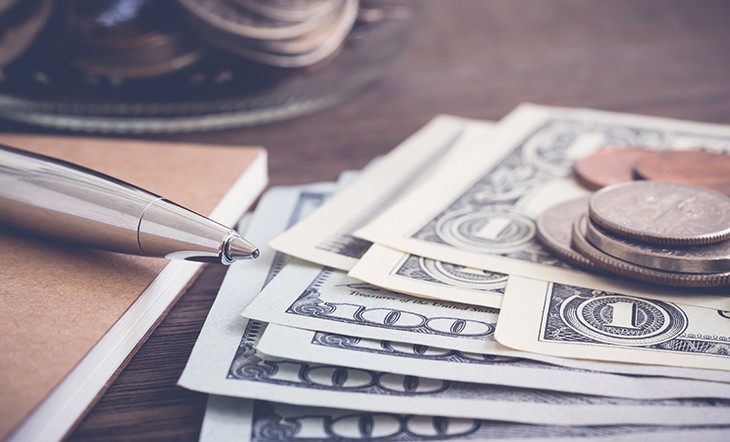




.jpg)





.jpg)


.jpg)

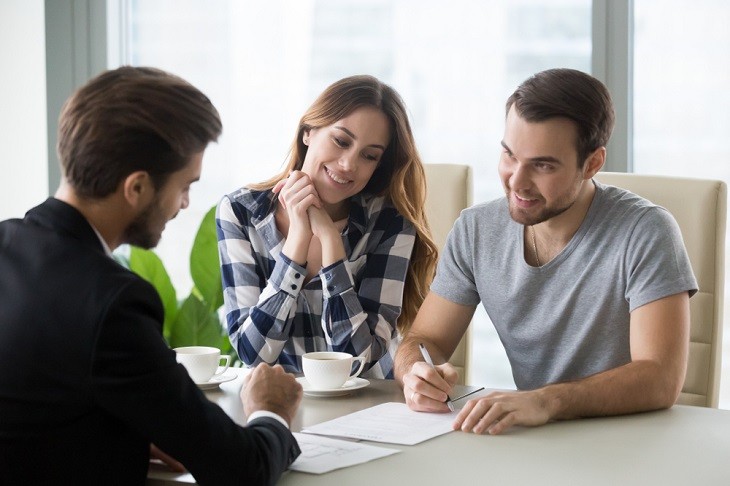
.jpg)






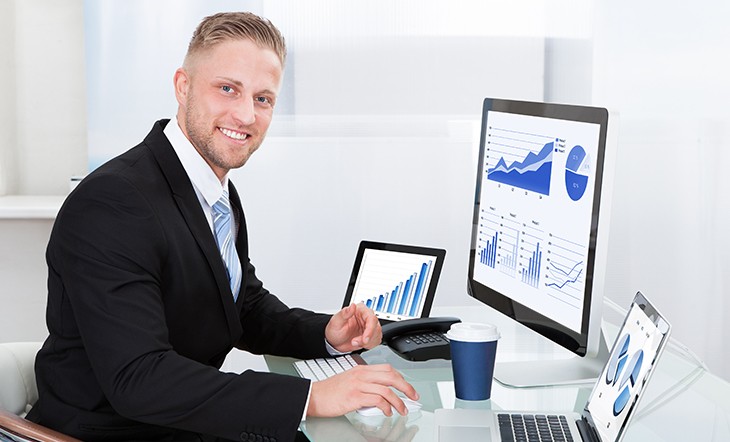
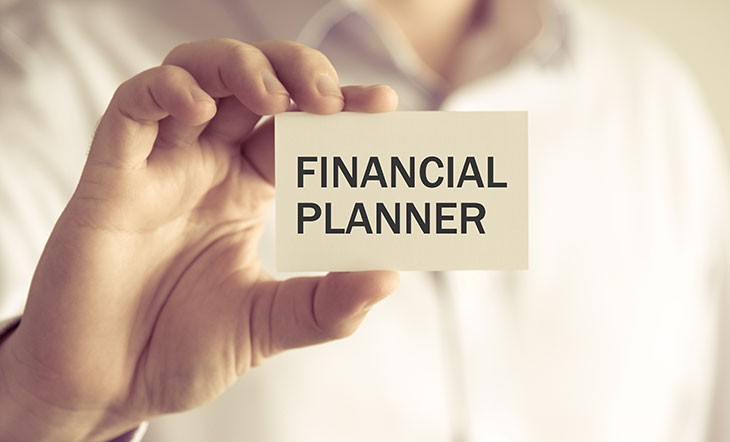







.jpg)
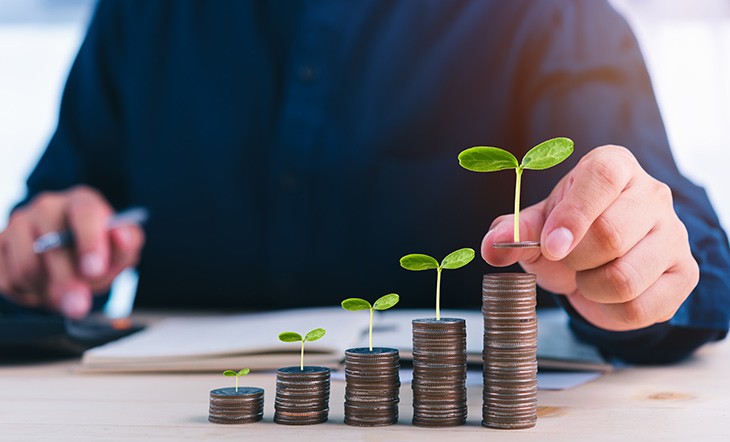



.jpg)


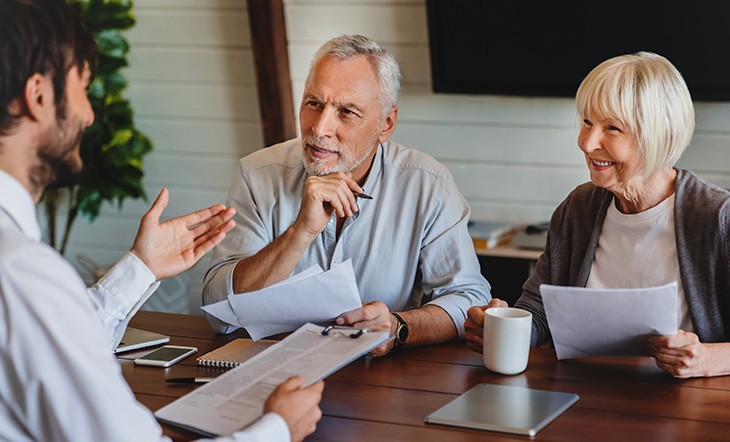


.jpg)


.jpg)




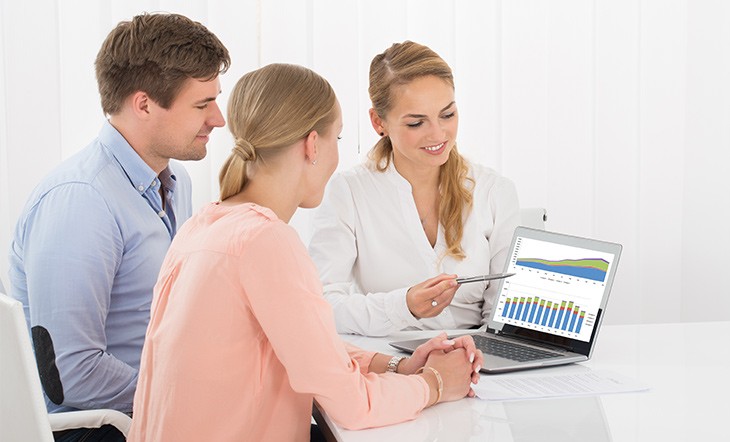

.jpg)

.jpg)
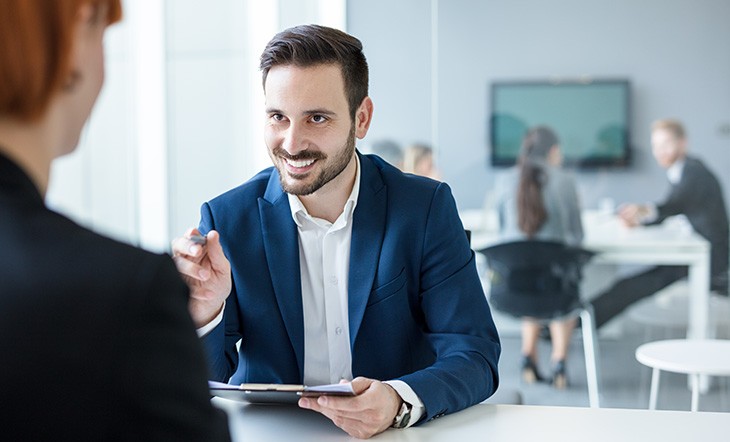

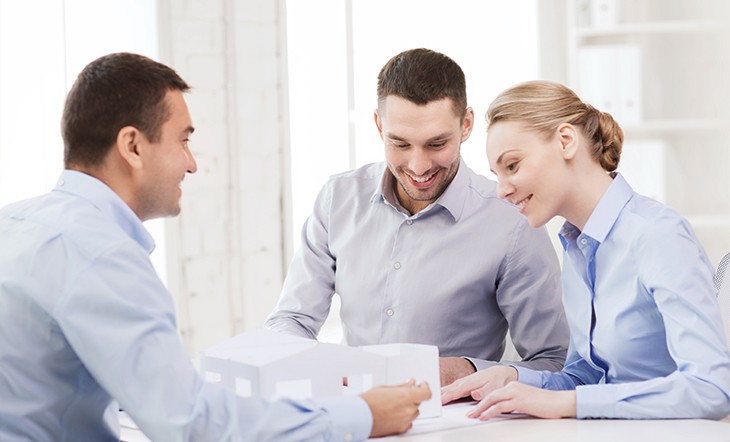


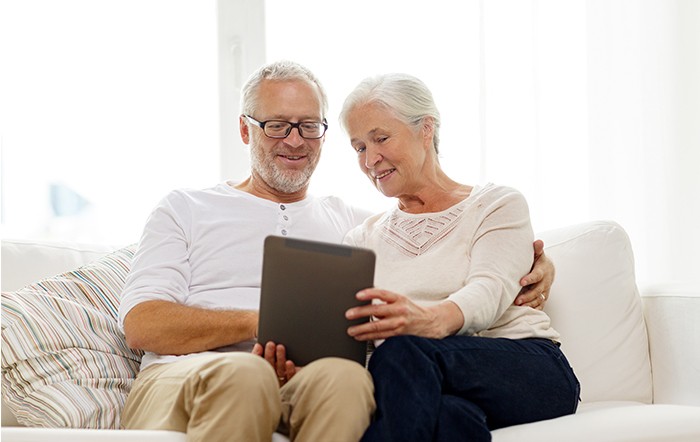
.jpg)




.jpg)

.jpg)


.jpg)

.jpg)





.jpg)
.png)
.jpg)




.jpg)

.jpg)


.jpg)


.jpg)

.jpg)

.jpg)

.jpg)
.jpg)
.jpg)
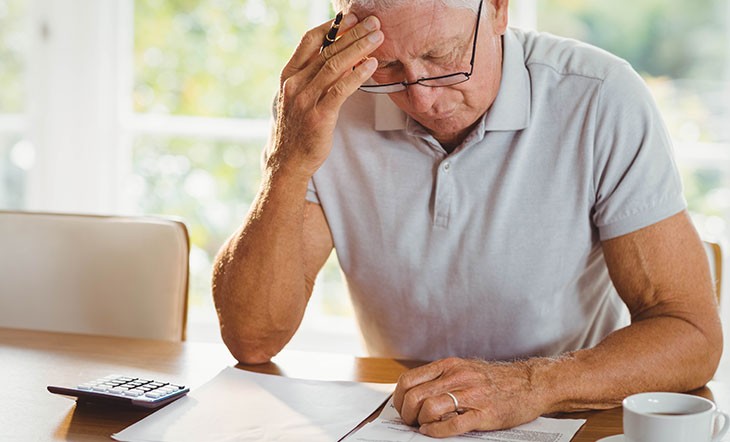
.jpg)


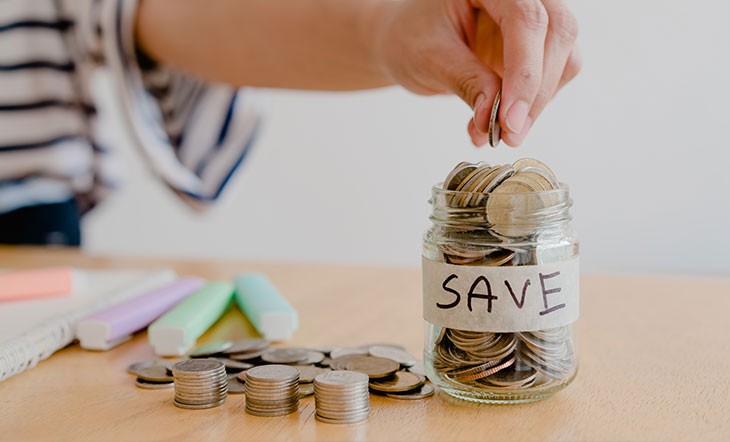

.jpg)


.jpg)

.jpg)


.jpg)
.jpg)
.jpg)
.jpg)
.jpg)

.jpg)




.jpg)
.jpg)


.jpg)
.jpg)
.jpg)
.jpg)
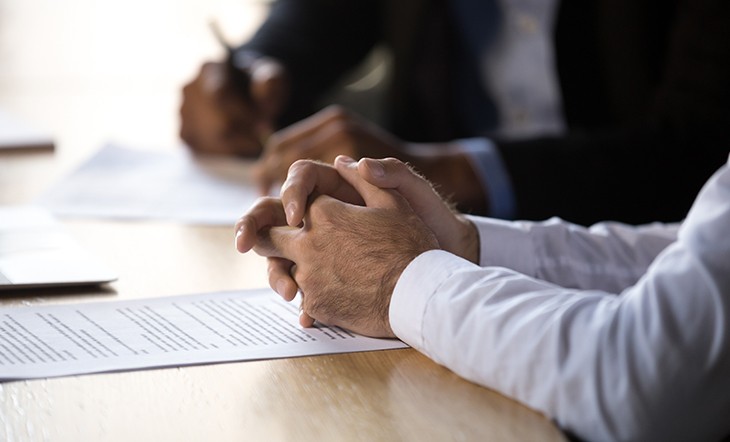
.jpg)
.jpg)















.jpg)

.jpg)


.jpg)
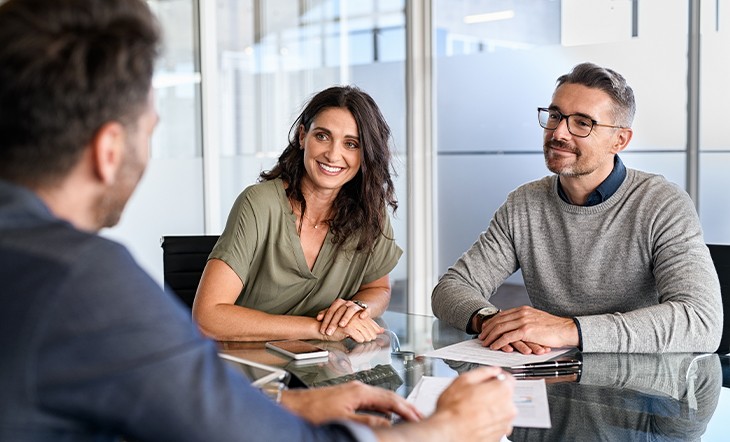
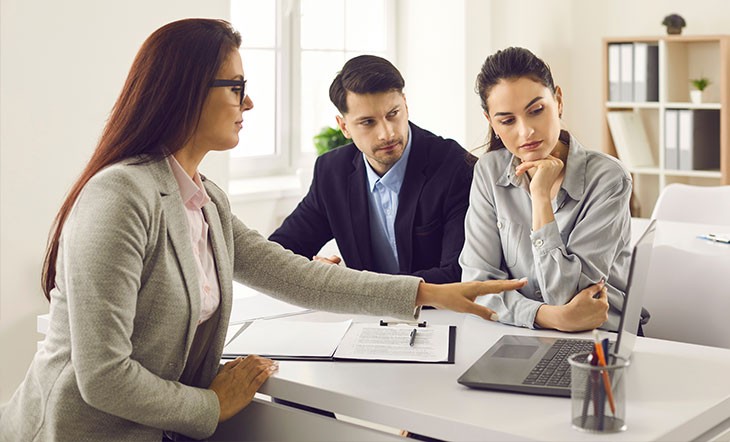

.jpg)







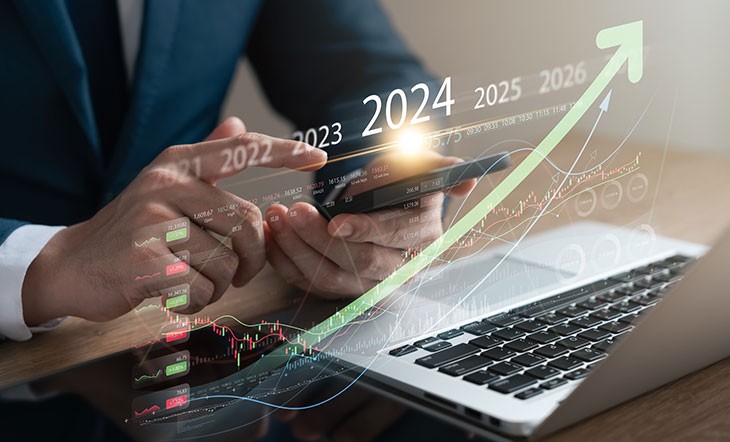




.jpg)



